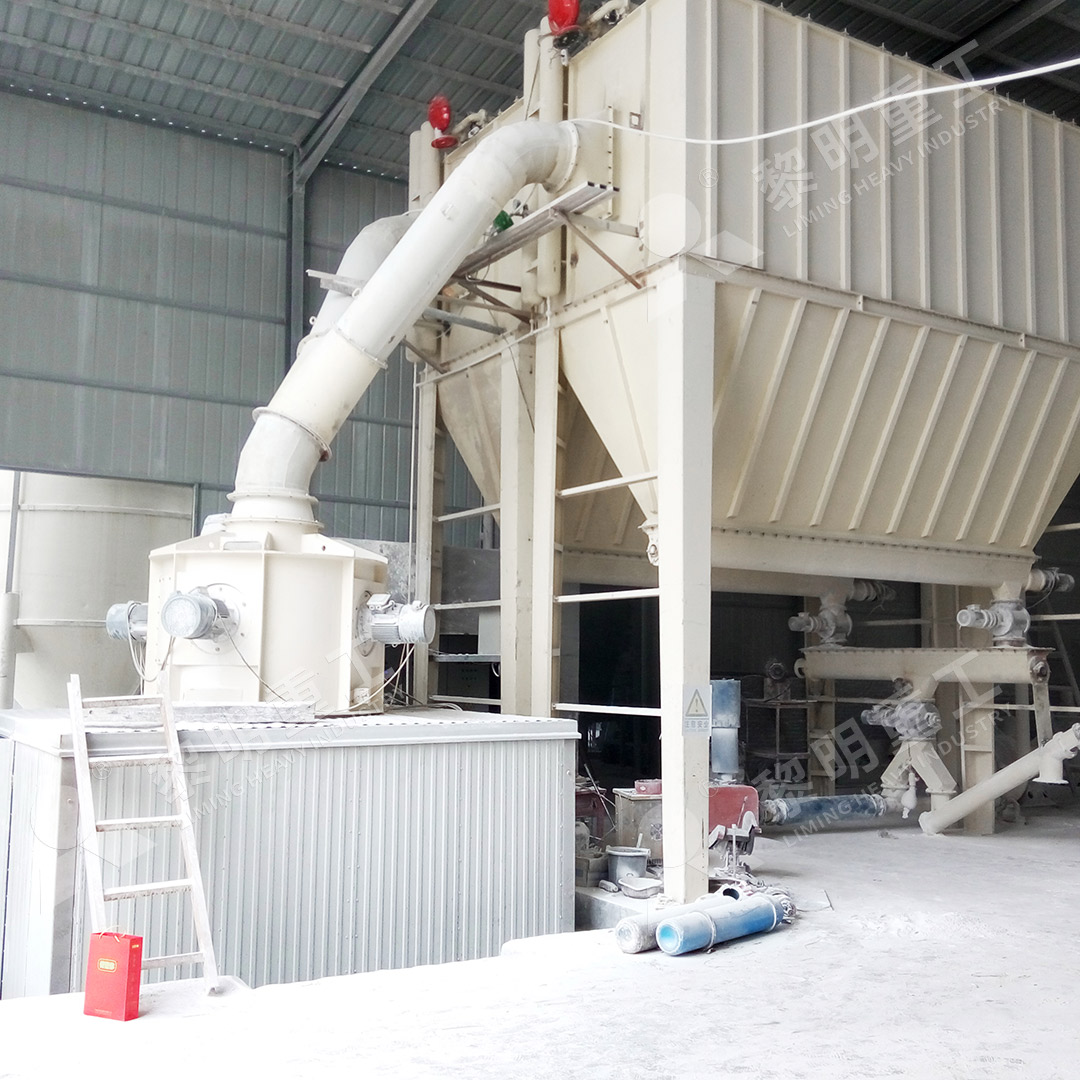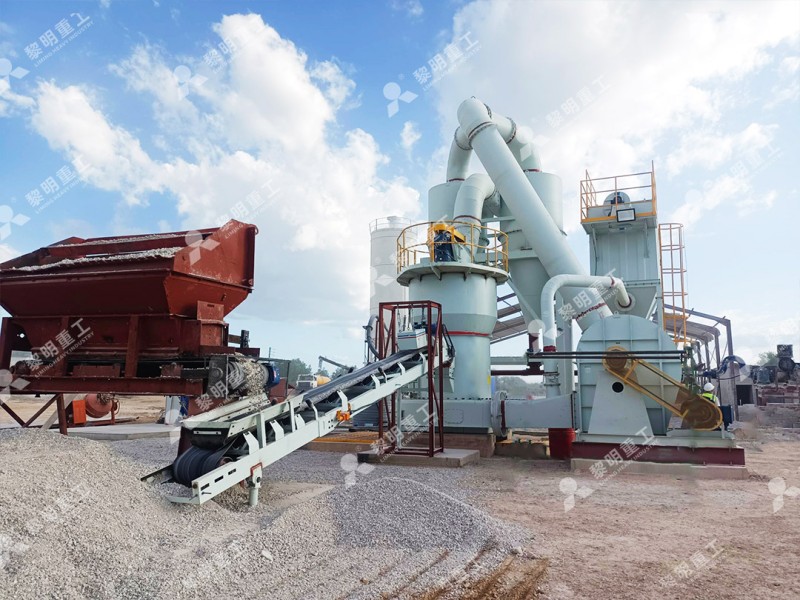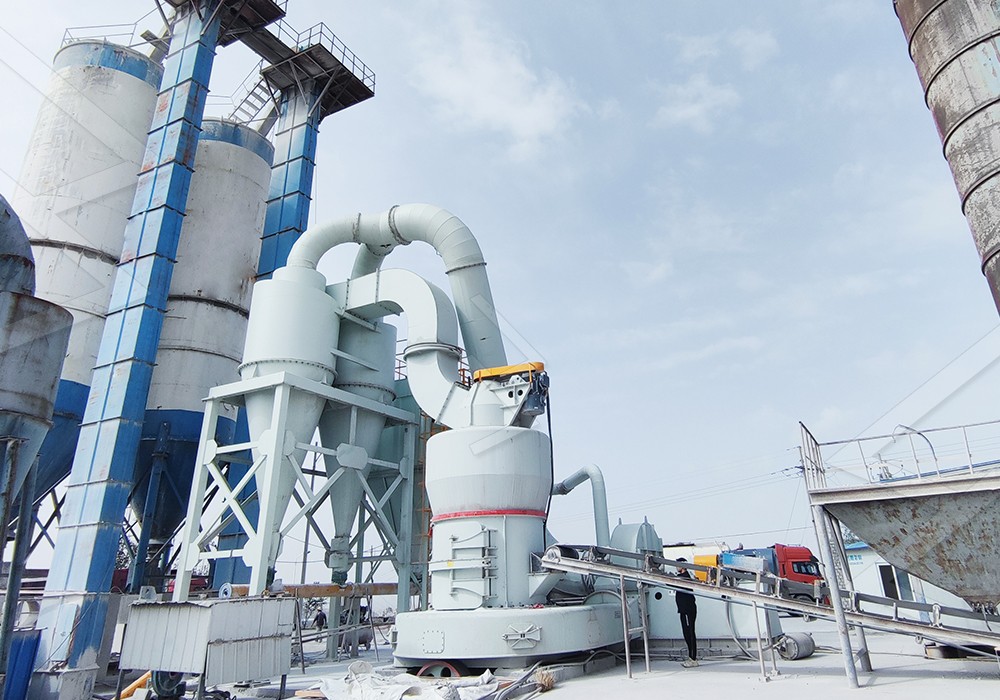What Type of Mill is Best for Crushing Fertilizer?
What Type of Mill is Best for Crushing Fertilizer?
Selecting the right grinding mill for fertilizer production is crucial for achieving optimal particle size, maintaining nutrient integrity, and ensuring efficient operations. The choice depends on various factors including raw material characteristics, desired fineness, production capacity, and environmental considerations.
Fertilizer materials range from soft compounds like ammonium sulfate to harder substances like phosphate rocks. Each requires specific grinding approaches to prevent nutrient degradation while achieving the necessary fineness for proper soil absorption and blending uniformity.

Key Considerations for Fertilizer Grinding
When processing fertilizer materials, several factors demand attention. The grinding process must preserve the chemical composition of nutrients while achieving the required particle distribution. Moisture content is particularly important as many fertilizer compounds are hygroscopic and can clump during processing. Temperature control is equally critical since excessive heat can cause chemical breakdown or caking.
The abrasiveness of fertilizer raw materials varies significantly. Phosphate rocks and certain mineral compounds can be highly abrasive, requiring mills with wear-resistant components. Conversely, organic fertilizers may contain fibrous materials that demand different grinding approaches.
Recommended Mill Types for Fertilizer Processing
For most fertilizer applications, vertical grinding mills and ultrafine grinding systems offer the best combination of efficiency, control, and product quality. These mills provide precise particle size control while minimizing heat generation and nutrient degradation.
Our MW Ultrafine Grinding Mill stands out for fertilizer applications requiring fine to ultra-fine powders. With an input size capacity of 0-20 mm and throughput ranging from 0.5 to 25 tph, this system handles various fertilizer materials efficiently. The adjustable fineness between 325-2500 meshes allows producers to tailor particle size to specific crop requirements and soil conditions.
The MW mill’s innovative design features higher yielding with lower energy consumption – producing 40% higher capacity than jet grinding mills while using only 30% of the energy. This efficiency directly translates to lower production costs for fertilizer manufacturers.

Environmental and Operational Advantages
Modern fertilizer processing demands environmentally conscious equipment. The MW Ultrafine Grinding Mill incorporates efficient pulse dust collection and noise reduction features that ensure compliance with environmental standards. The absence of rolling bearings and screws in the grinding chamber eliminates common failure points, reducing maintenance requirements and downtime.
For operations requiring different specifications, our LUM Ultrafine Vertical Grinding Mill offers another excellent option. With input size of 0-10 mm and capacity of 5-18 tph, it incorporates advanced German powder separating technology and unique roller shell design that’s particularly effective for maintaining product purity.
Application-Specific Recommendations
Different fertilizer formulations benefit from specific milling approaches. Water-soluble fertilizers typically require finer particles for quick dissolution, making the MW Ultrafine Grinding Mill ideal. Controlled-release fertilizers may need specific particle distributions that both systems can achieve through their precise separation controls.
Organic fertilizers containing fibrous materials often benefit from the LUM mill’s reversible structure, which simplifies maintenance when processing materials that may cause more rapid wear. The double position-limiting technology in this mill ensures stable operation even with variable feed materials.

Making the Right Choice
Ultimately, the best mill for your fertilizer operation depends on your specific materials, production requirements, and quality standards. Both the MW and LUM mills offer the precision, efficiency, and reliability needed for modern fertilizer production. Their advanced separation technologies ensure consistent particle size distribution, while their energy-efficient designs reduce operational costs.
The digitalized processing in both systems guarantees high precision manufacturing, and our comprehensive spare parts support ensures worry-free operation. Whether you’re processing mineral fertilizers, organic compounds, or specialized blends, these mills provide the technological foundation for quality fertilizer production.
Frequently Asked Questions
What particle size is ideal for most fertilizer applications?
Most agricultural fertilizers perform best with particle sizes between 100-500 meshes, depending on the specific nutrient and application method. The MW Ultrafine Grinding Mill’s adjustable range of 325-2500 meshes covers all common fertilizer requirements.
How does grinding affect fertilizer nutrient availability?
Proper grinding increases surface area, improving dissolution rates and nutrient availability to plants. However, excessive heat during grinding can degrade certain nutrients, making temperature-controlled grinding essential.
Can the same mill process different types of fertilizer materials?
Yes, both recommended mills handle various fertilizer compounds. The MW Ultrafine Grinding Mill processes limestone, dolomite, gypsum, and other common fertilizer ingredients effectively.
What maintenance is required for fertilizer grinding mills?
The MW mill’s design without rolling bearings in the grinding chamber significantly reduces maintenance needs. Regular inspection of grinding elements and separator components is recommended based on material abrasiveness.
How important is dust control in fertilizer grinding?
Critical. Fertilizer dust can be hazardous and represents product loss. The integrated pulse dust collectors in our mills ensure minimal dust emission and maximum product recovery.
